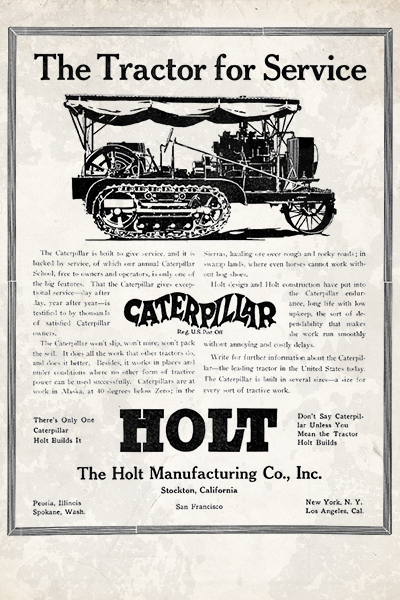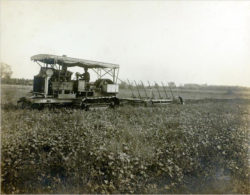 I recently took a bit of a break from my usual modeling subjects, those being armor, armored cars, and other types of earthly vehicles and instead dabbled in the world of those winged things, specifically a couple of WW1 aircraft. It was a nice and needed change of pace. One of the takeaways from that experience was the process of working on the many subassemblies, each as a separate little jewel of a model – from construction through painting and even weathering – and then moving onto the next element until finally it’s brought all together.
I recently took a bit of a break from my usual modeling subjects, those being armor, armored cars, and other types of earthly vehicles and instead dabbled in the world of those winged things, specifically a couple of WW1 aircraft. It was a nice and needed change of pace. One of the takeaways from that experience was the process of working on the many subassemblies, each as a separate little jewel of a model – from construction through painting and even weathering – and then moving onto the next element until finally it’s brought all together.
This now brings me to this current project, Roden’s release of the Holt 75 tractor. As with so many early 20th-century war machines, the Holt 75 began its career in civilian service as an agricultural tractor but came into its’ own while being utilized during the construction of the Los Angeles aqueduct system beginning in 1909. With the outbreak of WW1, there was a need for heavy prime movers to haul around the Queens of the Battlefield, the heavy artillery pieces. Durable, able to maneuver over uneven terrain, and readily available, the British War Department placed orders for the tractor, of which some 2000 saw service with the British, French and American forces  during the course of the war.
during the course of the war.

